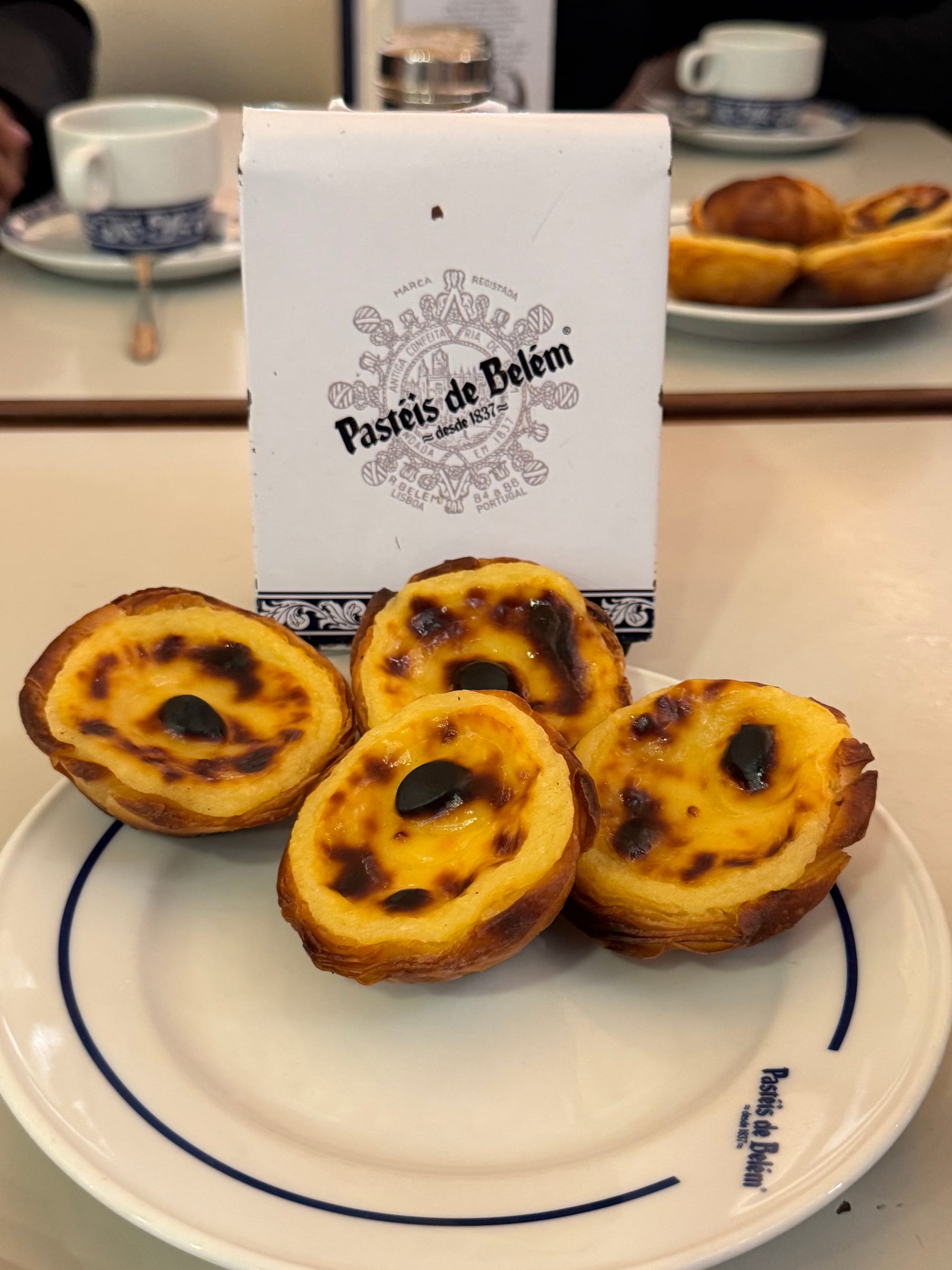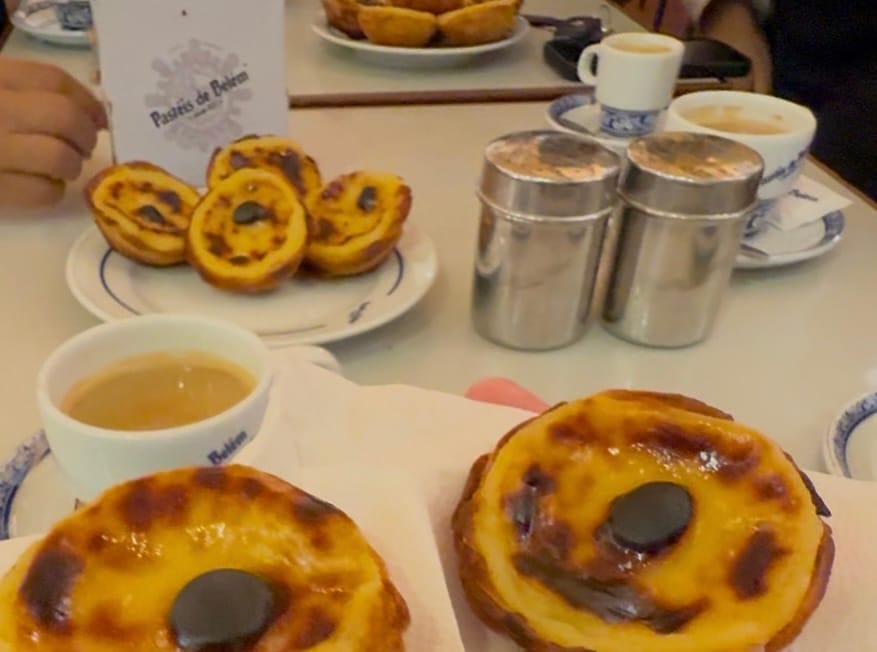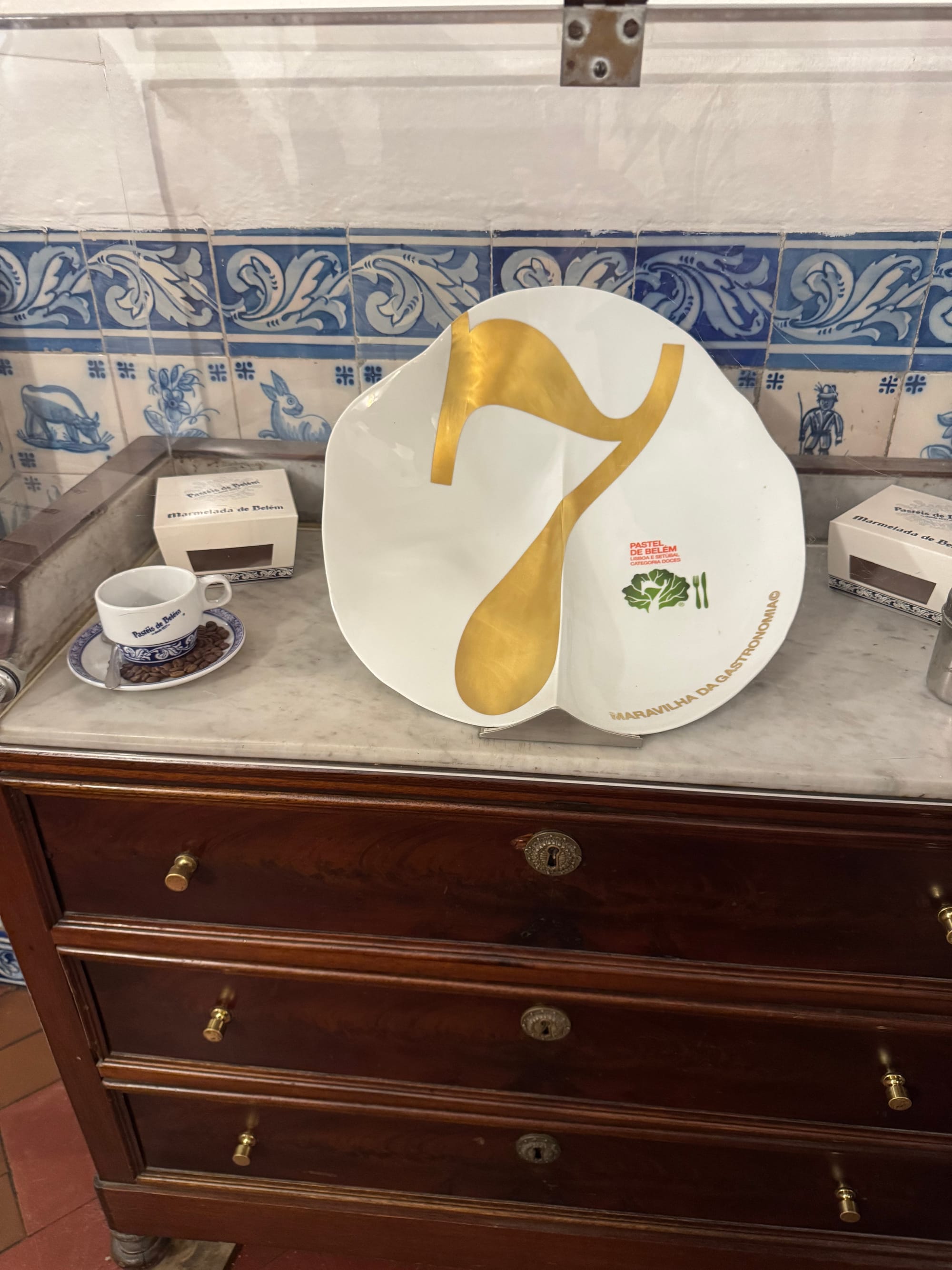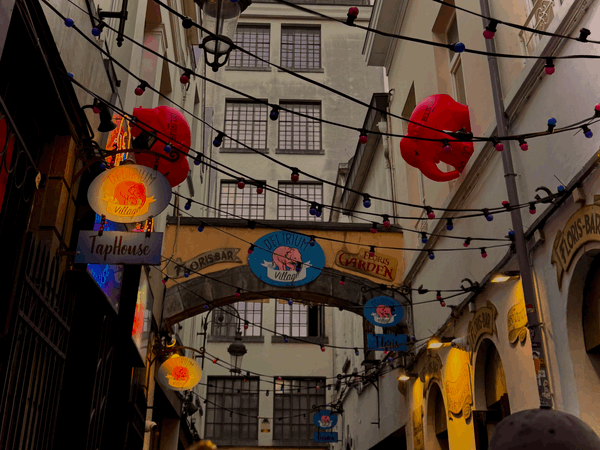Pastéis de Belém: A tradition that unites families through generations.
Visiting family in Portugal is always good for my heart, but eating warm pastéis de Belém and coffee with them is the fuel of my soul.

Visiting family in Portugal is always good for my heart, but eating warm pastéis de Belém and coffee with them is the fuel of my soul.

The origins of Pastéis date back to 1837. At that time, monks from the nearby Jerónimos Monastery began selling custard tarts to support themselves after religious orders were dissolved in Portugal. When the monastery eventually closed.
The secret recipe for the tarts was sold to a local businessman who opened the Fábrica dos Pastéis de Belém. Centuries after that the shop still operates in the same location today, and the recipe remains with the family closely guarded as secret.

If you go to the historic district of Belém in Lisbon, Portugal, Pastéis de Belém is one of the most iconic pastry shops in the country. It is world-famous for its unique version of the Portuguese custard tart.
Believe me, the pastel de Belém is different and what sets them apart from other custard tarts is their delicate, flaky pastry shell and rich, creamy filling. They are served warm, often with a dusting of cinnamon and powdered sugar, and are baked fresh every day. Only the tarts produced at this specific shop can be legally called Pastéis de Belém — all others must go by the more general name Pastéis de Nata.

The shop is located at Rua de Belém 84–92, just a short walk from some of Lisbon’s most popular landmarks, including the Jerónimos Monastery, Belém Tower, and the MAAT museum. Whether you’re a fan of pastries or just want to experience a delicious piece of Portuguese heritage, I recommend a visit.




